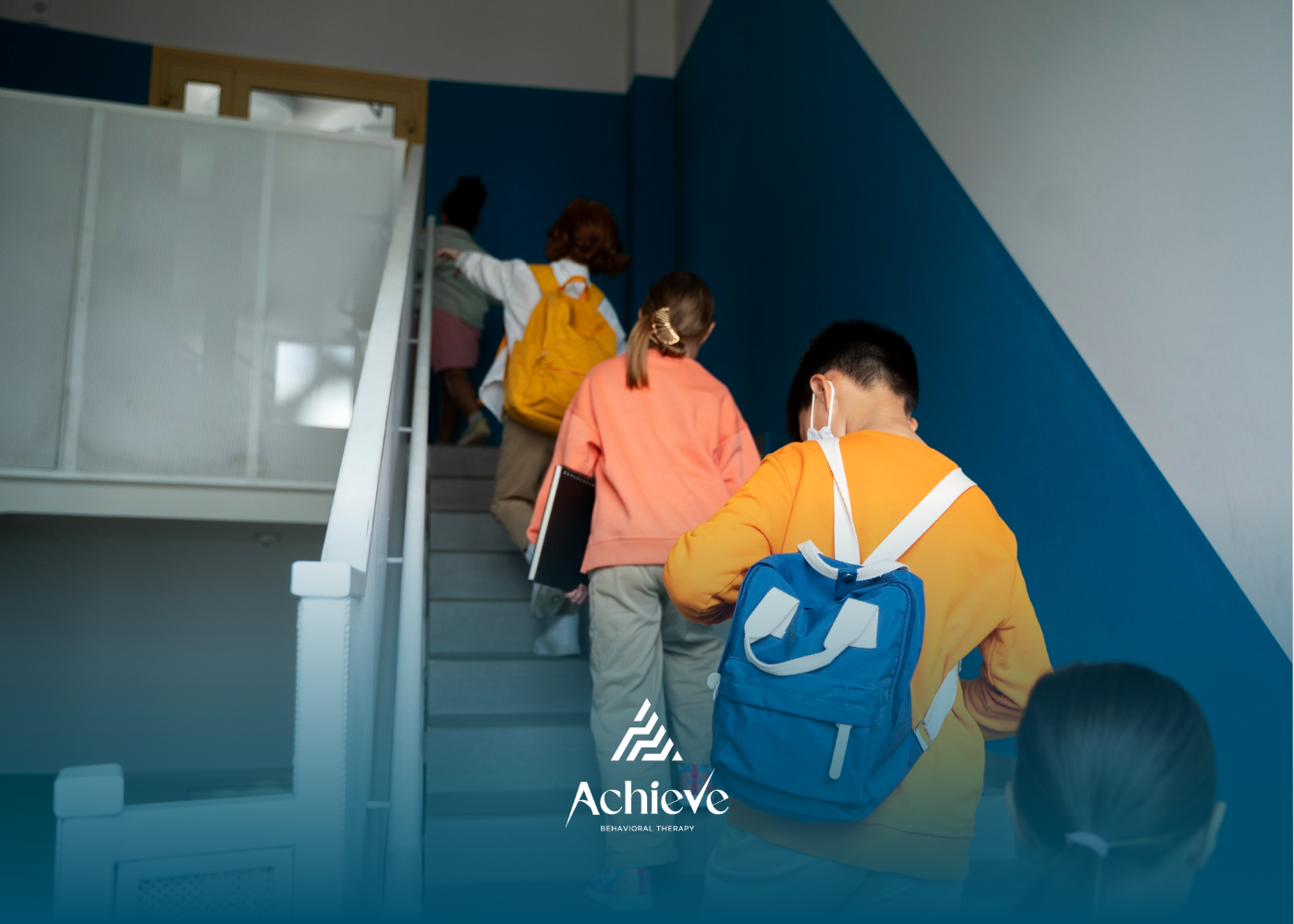How Much Should You Budget for ABA Therapy Cost Per Hour?

Understanding ABA Therapy Cost
When families begin planning for Applied Behavior Analysis therapy, understanding the ABA therapy cost per hour is a key step. In the United States, session fees typically range from 50 to 150 dollars per hour. At the national upper end, some clinicians bill up to 250 dollars per hour. These rates reflect the structured, individualized nature of ABA, which supports learning, communication, and behavior in children with autism spectrum disorder.
Therapists usually track time in 15-minute or 30-minute increments. Invoices may include separate charges for initial assessments and progress reports. Knowing how providers break down hourly costs helps families compare quotes and set realistic budgets.
Factors Affecting Session Fees
Session fees can vary widely. Key drivers include therapist credentials, therapy intensity, setting, and geographic location. Considering each factor helps families anticipate total expenses.
Geographic Location
Urban areas and regions with a higher cost of living tend to charge more. Providers in metropolitan markets often bill at or above the national average, while rural practices may offer lower rates to reflect local overhead.
Therapist Credentials
Credentials carry a premium. Board Certified Behavior Analysts typically charge the highest rates, followed by assistant analysts, then registered behavior technicians.
Therapy Intensity and Duration
The number of weekly hours impacts budget planning. More intensive programs like up to
40 hours per week drive costs higher, though they may also yield faster progress in targeted skills.
Service Setting
In-home sessions can incur travel fees. Clinic-based therapy may come with lower overhead charges. Telehealth services often use reduced rates but may not suit every child.
Additional Costs
Families should factor in fees for assessments, caregiver training, materials, and progress reports. Cancellation policies and administrative charges can add up over time.
Typical Cost Ranges Nationwide
Providers set fees based on training, demand, and overhead. Below is a snapshot of average hourly ranges:
| Provider Type | Hourly Rate Range (USD) |
|---|---|
| Board Certified Behavior Analyst (BCBA) | 100 – 250 |
| Board Certified Assistant Behavior Analyst (BCaBA) | 75 – 120 |
| Registered Behavior Technician (RBT) | 20 – 75 |
BCaBA rates generally fall between analyst and technician fees, reflecting intermediate qualifications. Families should confirm credentials when reviewing fee schedules.
Insurance Coverage for ABA
State and federal laws increasingly recognize ABA as a covered benefit. Most commercial insurers and Medicaid plans include ABA services for autism funding. Coverage details vary by policy, but common features include:
- Deductibles that may be met within the first three months of therapy
- Out-of-pocket maximums often reached around six months into treatment
- Copay or coinsurance amounts per session
Policy specifics can influence out-of-pocket costs substantially. Some plans cover only clinic-based services, while others extend to in-home and telehealth treatments. Families should consult their insurer to confirm limits, service caps, and pre-authorization requirements.
Estimating Weekly and Annual Costs
Budget planning often begins by mapping out service intensity. The table below illustrates sample costs at a representative rate of
120 dollars per hour:
| Weekly Hours | Hourly Rate | Weekly Cost | Monthly Cost (approx) | Annual Cost |
|---|---|---|---|---|
| 10 | 120 | 1,200 | 4,800 | 62,400 |
| 20 | 120 | 2,400 | 9,600 | 124,800 |
| 40 | 120 | 4,800 | 19,200 | 249,600 |
For lower average rates such as 75 dollars per hour, a 12-hour weekly program can cost roughly 45,000 dollars per year. Families should adjust these estimates based on their provider’s exact fees and session mix.
Financial Assistance Options
High costs have led many families to explore supplemental funding. Common avenues include:
- Flexible Spending Accounts and Health Savings Accounts for tax-advantaged payment
- Insurance grants and scholarships from autism foundations
- State Early Intervention Programs offering free or low-cost services for children under age three
- Employee Assistance Programs with pre-negotiated rates
- Crowdfunding platforms like GoFundMe to engage community support
Some families combine HSA savings with grants like the ACT Today Foundation award to cover all or part of therapy expenses. Understanding each option’s eligibility requirements helps maximize available benefits.
Budgeting Tips for Families
Managing therapy costs requires careful planning and regular review. Strategies that can help include:
- Comparing quotes from multiple providers to find competitive rates
- Asking about sliding-scale fees or package discounts for higher weekly hours
- Scheduling sessions at a clinic to reduce travel or in-home premiums
- Tracking therapy hours and expenses in a simple spreadsheet or budgeting app
- Reviewing insurance coverage annually to adjust benefit usage
- Exploring telehealth options for partial cost savings while maintaining service continuity
Early preparation and clear communication with providers and insurers can reduce surprises. Families that revisit their budget quarterly often spot opportunities to trim overhead or shift services for better value.
Conclusion
Families juggling the many variables of ABA therapy cost per hour can achieve greater confidence by breaking down fees, comparing providers, and tapping into assistance programs. By outlining clear budget goals and staying informed about coverage rules, they can ensure that children receive consistent, high-quality support without undue financial strain.
At Achieve Behavioral Therapy, we work with families to create personalized ABA programs in New Jersey and North Carolina that fit both your child’s needs and your budget. Our team helps you navigate insurance coverage, explore financial assistance options, and maintain consistent therapy without unnecessary stress.
Contact us today to learn how our ABA therapy services can support your child’s growth while keeping care affordable and sustainable.
Frequently Asked Questions
How much does ABA therapy cost per hour?
Costs can vary widely depending on location, provider, and insurance coverage. On average, ABA therapy ranges from $120 to $200 per hour before insurance, though out-of-pocket costs are often reduced with coverage or assistance programs.
Does insurance cover ABA therapy in New Jersey and North Carolina?
Yes. Most major insurance plans in both states cover ABA therapy for individuals diagnosed with autism, but coverage details such as copays, session limits, and provider networks vary by plan.
What financial assistance is available for ABA therapy?
Families may qualify for state-funded programs, nonprofit grants, or provider-specific payment plans. Many providers, including Achieve Behavioral Therapy, assist in identifying and applying for these resources.
SOURCES:
https://www.autismparentingmagazine.com/aba-therapy-autism-cost/
https://online.regiscollege.edu/blog/what-is-applied-behavioral-analysis/
https://brainwave.watch/6-factors-influencing-the-cost-of-aba-therapy/
https://massairc.org/factsheets/information-about-masshealth-aba-coverage-frequently-asked-questions/#page-content
https://www.autismspeaks.org/autism-grants-families
Need Support?
We're Here to Help!
Our experienced team is ready to assist you. Reach out today to discuss how we can support your child's development and well-being.
Get started with expert ABA therapy today.










